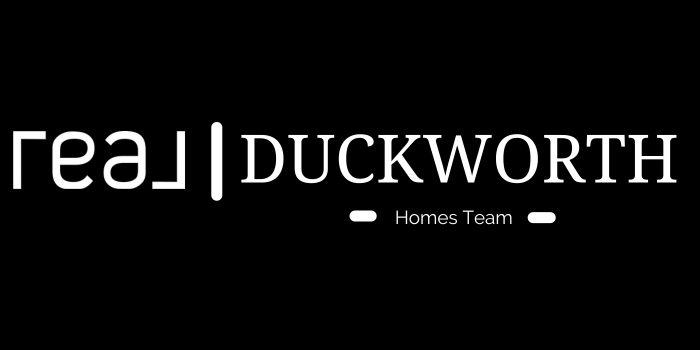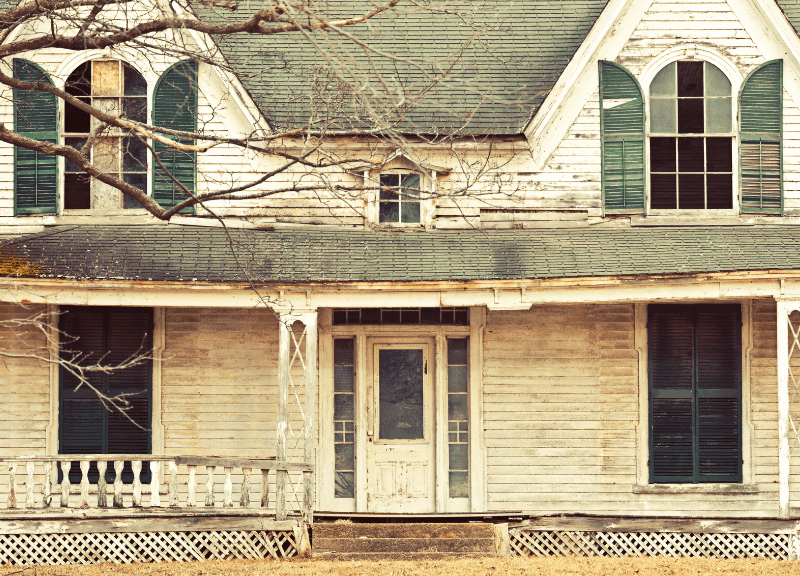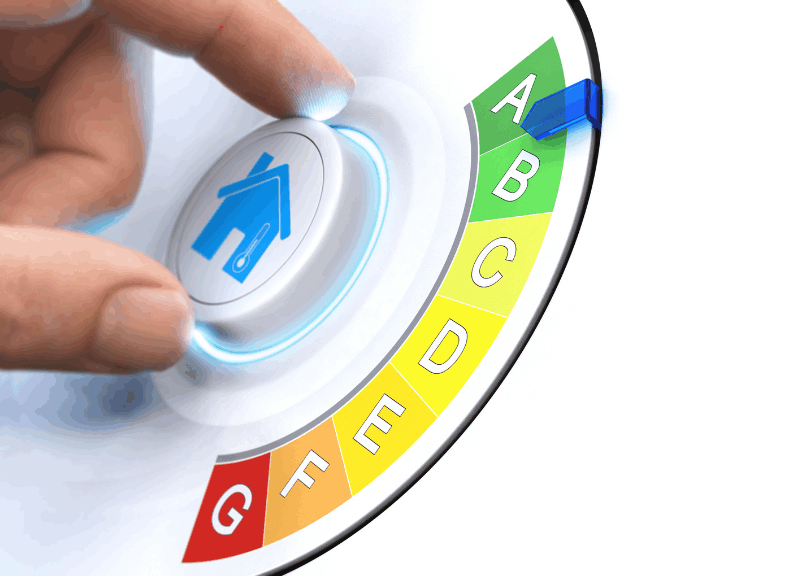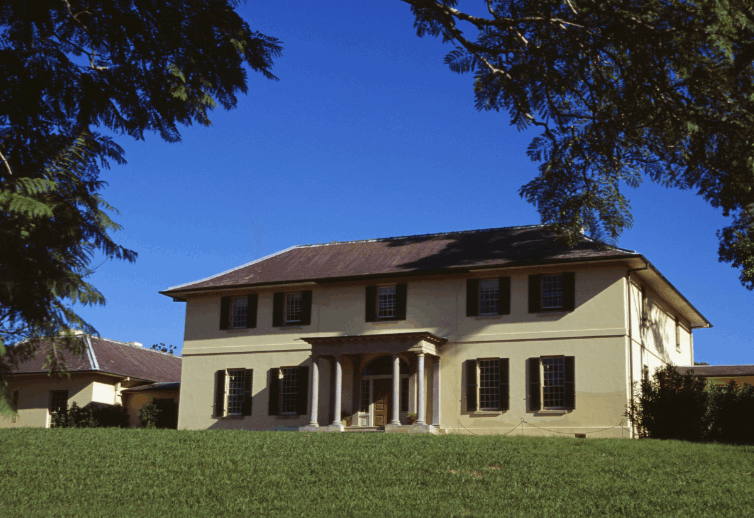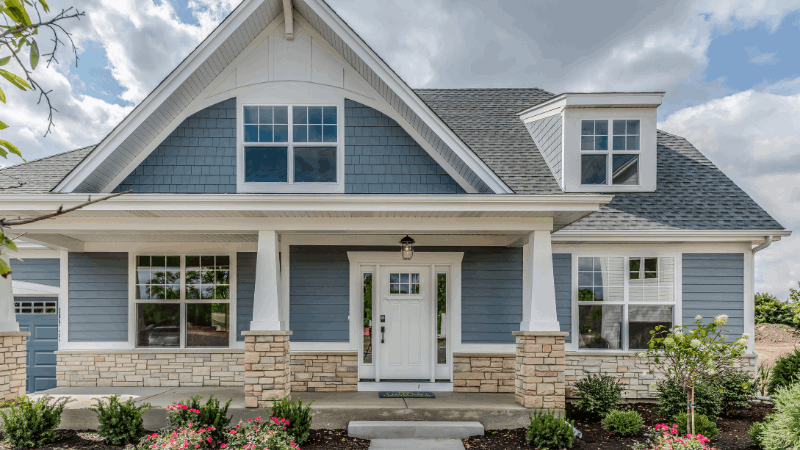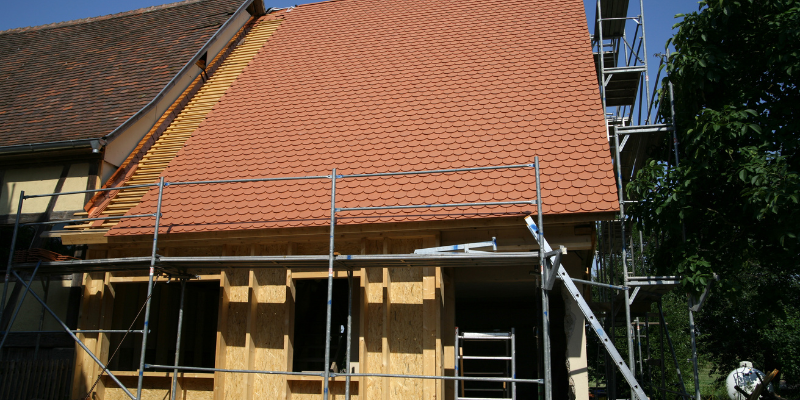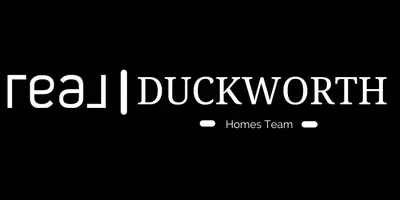10 Tips to Save on Cooling Costs in Rhode Island and Massachusetts
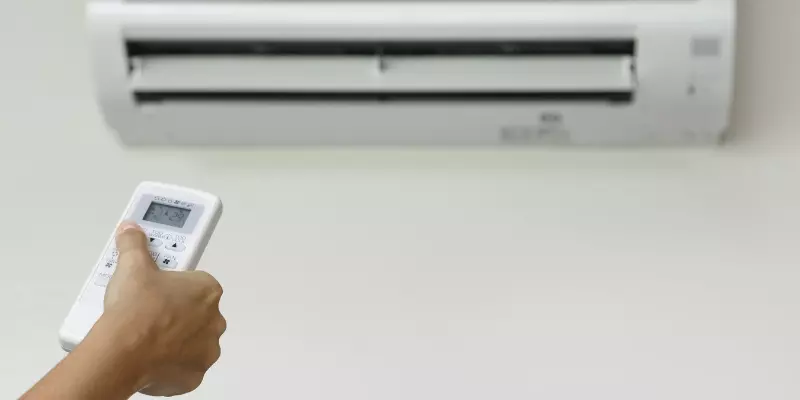
Summer days in Rhode Island and Massachusetts are synonymous with sunshine and outdoor fun, but they often come with a spike in energy bills as temperatures soar. Air conditioning becomes a necessity for homeowners seeking refuge from the heat, but the associated costs can quickly escalate.
Extended use of air conditioners can lead to exorbitant energy bills. In fact, air conditioning accounts for approximately 6% of the total electricity consumed in the United States, translating to a staggering annual cost of around $29 billion for homeowners. Not only does this take a toll on the environment, but it also burdens your finances.
If you're a first-time homeowner, you might be surprised by the additional expenses like utility bills, HOA fees, and interest rates. It's crucial to be prepared to cut costs across various expenditure categories.
With more people working remotely, finding a comfortable indoor temperature without breaking the bank can be challenging. Thankfully, there are numerous cost-effective methods to keep your home cool and cozy.
Each of these tips works best when implemented together to effectively reduce cooling expenses during the sweltering summer months. While being a first-time homeowner might seem daunting, it doesn't have to be. By following these straightforward tips, you can keep your home comfortably cool while saving money.
Read on to discover how you can lower your cooling costs in Rhode Island and Massachusetts.
Chapters
- Install a Programmable Thermostat
- Close Curtains and Blinds
- Seal Cracks and Gaps
- Utilize Ceiling Fans
- Clean or Replace Air Filters
- Install Weather Stripping
- Insulate the Attic
- Install Heat Control Window Film
- Maintain Your HVAC System
- Limit Heat-Producing Appliances
1. Install a Programmable Thermostat
Traditional thermostats require manual adjustments, which can contribute to higher cooling expenses. Switching to a programmable or smart thermostat can significantly decrease your cooling costs by automating energy-saving settings.
Programmable thermostats allow you to preset temperatures for different times of the day, eliminating the need for constant adjustments. According to the Department of Energy, lowering your thermostat by 7-10°F for 8 hours a day can save up to 10% annually on heating and cooling costs.
Investing in a smart thermostat offers even greater control and energy savings.
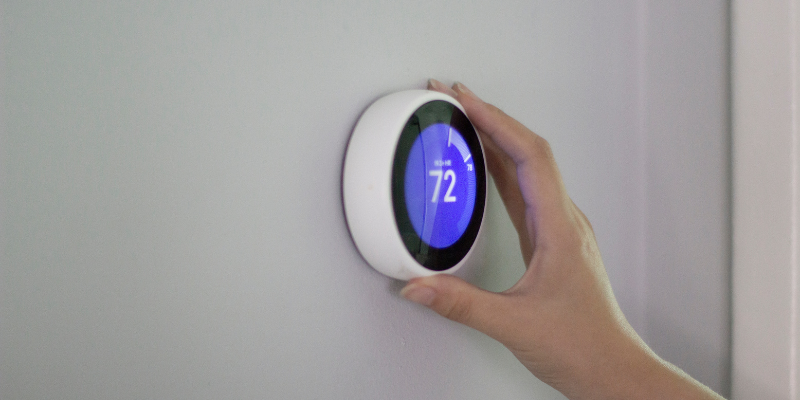
2. Close Curtains and Blinds
A simple yet effective way to reduce cooling costs is by keeping curtains and blinds closed during the hottest parts of the day. Open curtains and blinds allow sunlight to penetrate, increasing indoor temperatures and forcing your air conditioner to work harder.
Opt for light-colored curtains and blinds, as they reflect heat and light more effectively while still allowing natural light into your home.
3. Seal Cracks and Gaps
Before moving into your new home, take the time to seal any cracks or gaps around windows, doors, and other openings. These small gaps can allow cool air to escape and warm air to infiltrate your home, increasing your cooling expenses.
If you've already moved in, conduct a thorough inspection to identify and seal any leaks. Enhancing your home's airtightness will reduce the workload on your air conditioning system.
4. Utilize Ceiling Fans
Ceiling fans are a cost-effective way to circulate cool air throughout your home, allowing you to maintain a comfortable temperature while reducing your reliance on air conditioning. However, be mindful of leaving fans running unnecessarily, as this can contribute to higher energy bills.
Consider investing in portable fans for targeted cooling in specific areas of your home.
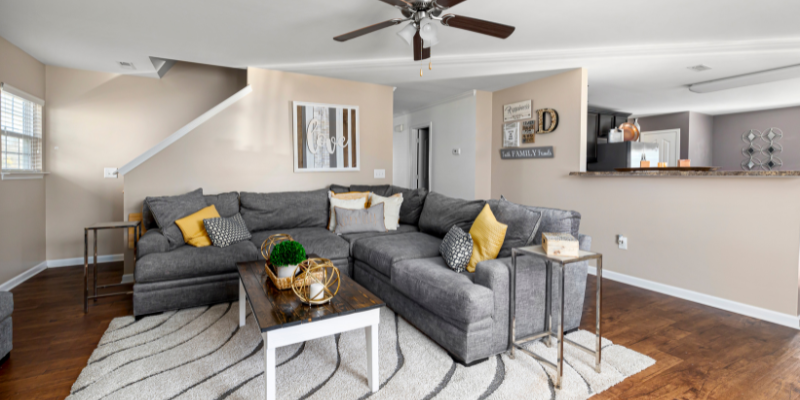
5. Clean or Replace Air Filters
Dirty air filters can obstruct airflow and cause your air conditioning unit to operate inefficiently. Regularly check and clean or replace your air filters to ensure optimal performance and energy efficiency.
This simple maintenance task can significantly improve the efficiency of your HVAC system, reducing your cooling costs.
6. Install Weather Stripping
In addition to sealing cracks and gaps, installing weather stripping around doors and windows can further minimize air leaks, improving your home's energy efficiency. Focus on areas exposed to prevailing winds to maximize the effectiveness of weather stripping.
By reducing air infiltration, you can lower your cooling costs and enhance indoor comfort.
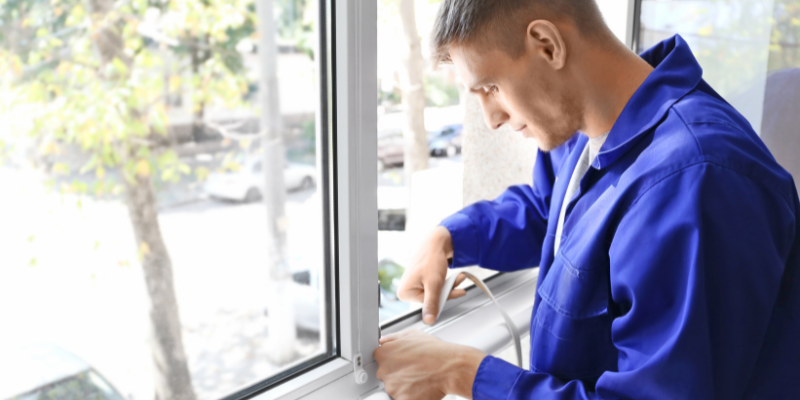
7. Insulate the Attic
Proper attic insulation is essential for minimizing heat transfer between the exterior and interior of your home. Inadequate attic insulation can result in increased cooling expenses as your air conditioning system works harder to maintain comfortable temperatures.
Investing in attic insulation, if not already in place, can yield significant long-term savings on cooling costs.
8. Install Heat Control Window Film
Heat control window film can help reflect sunlight and reduce heat gain in your home, particularly in rooms exposed to direct sunlight. This cost-effective solution allows you to enjoy natural light without compromising on comfort or energy efficiency.
Consider applying heat control window film to windows facing the sunniest areas of your home for maximum impact.
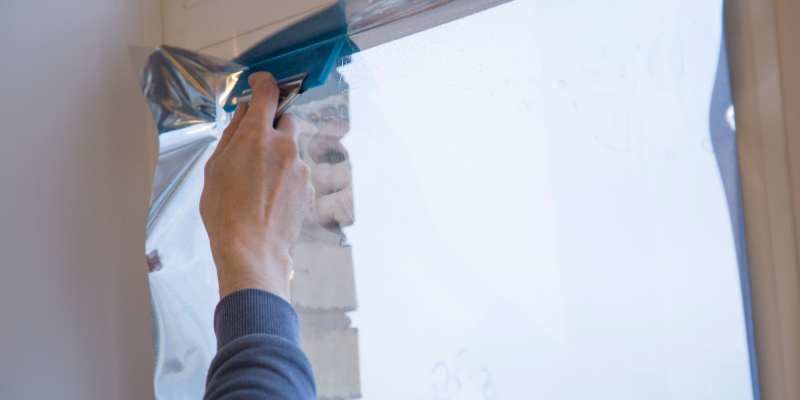
9. Maintain Your HVAC System
Regular maintenance of your HVAC system is crucial for optimal performance and energy efficiency. Schedule routine inspections, cleanings, and filter replacements to ensure that your system operates efficiently and effectively.
Address any issues promptly to prevent costly repairs and maximize energy savings throughout the cooling season.
10. Limit Heat-Producing Appliances
Appliances such as ovens and clothes dryers can generate significant heat, increasing the burden on your air conditioning system. To minimize cooling costs, avoid or limit the use of heat-producing appliances during the hottest parts of the day.
Opt for alternative cooking methods, such as grilling outdoors or using a microwave, to reduce indoor heat levels and alleviate strain on your cooling system.
By implementing these strategies, you can effectively reduce cooling costs while maintaining a comfortable indoor environment in Rhode Island and Massachusetts. Start saving on your energy bills today with these simple and practical tips.
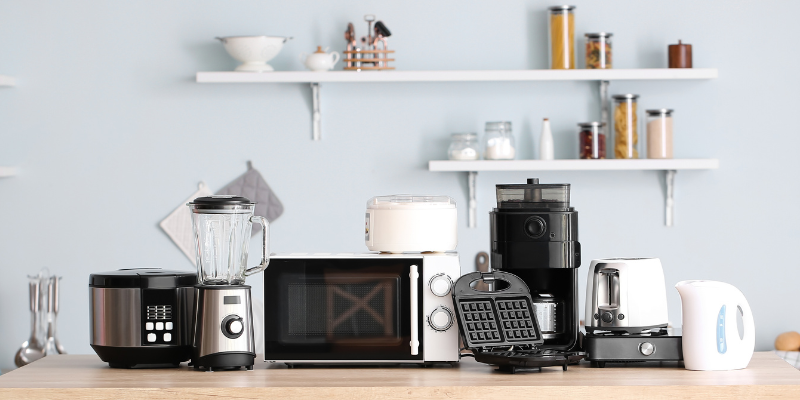
Frequently Asked Questions:
Q: What is the most affordable way to cool a house?
A: Budget-friendly cooling solutions include using ceiling fans, servicing your air conditioning unit,strategically placing plants near windows, and minimizing the use of heat-producing appliances.
Q: What is the optimal temperature to set for cooling?
A: Aim for a temperature setting around 68°F to 70°F for optimal comfort and energy efficiency. Adjust the thermostat lower when you're asleep or away from home to save on cooling costs.
Q: Are fans more economical than air conditioning?
A: Fans consume less energy than air conditioners, making them a more economical cooling option for many homeowners.
Q: Do fans contribute to higher electricity bills?
A: Leaving fans running constantly can increase monthly utility bills. To save on energy costs, turn off fans when not in use or when you're away from home for an extended period.
Q: How much does it cost to install a cooling system in a house?
A: The cost of installing a new HVAC system can vary widely depending on factors such as system size, efficiency rating, and installation complexity. On average, homeowners can expect to spend between $5,000 and $34,000 for a new cooling system, including installation.
In conclusion, cutting cooling costs is achievable with the right strategies and mindset. By implementing these tips, you can enjoy a comfortable home environment while saving money on energy bills in Rhode Island and Massachusetts.
Categories
Recent Posts
